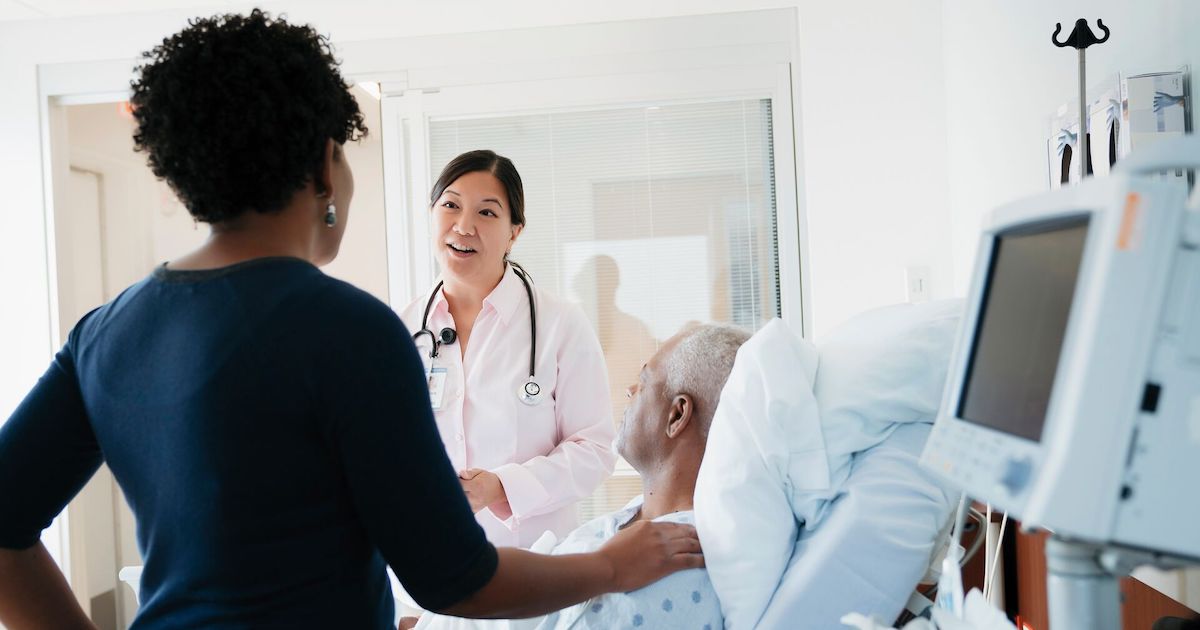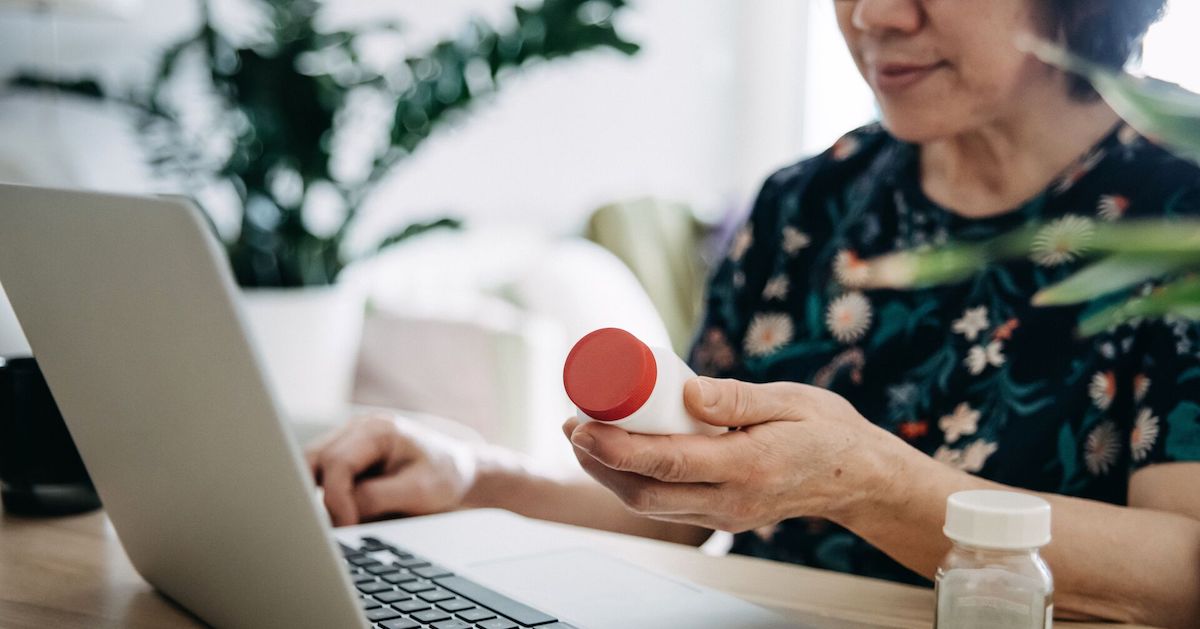At HIMSS23, Florida-based BayCare Health System announced it had deployed Amazon’s Alexa voice assistant at its newest hospital, Wesley Chapel, which opened its doors last month.
Craig Anderson, director of innovation at the health system, explains what Alexa Smart Properties does at BayCare’s hospitals, how it affects provider workload and what the health system has learned from implementing the voice assistant in patients’ rooms.
MobiHealthNews: How does Alexa work in your facilities?
Craig Anderson: We’ve got it installed in 16 hospitals right now. That’s all of our hospitals. I think the value for the patient is really just giving them control over their environment. Through voice, they can make a lot of things happen in that room just by talking to the device. They can do a lot of entertainment, they can do a lot of music, they can do the standard things we do in our homes. And that’s becoming a standard we know we want to meet in the hospital. We’ve had patients come in that thought they might need to bring an Alexa and were surprised and delighted to see that we already had a device in the room.
The second thing is around TV control. We know our patients have some downtime when they’re in our care. So being able to control that TV via voice is a neat feature. And that’s also one of the first things we realize the care teams could also use. We built this with Alexa focused on the patients, and then we realized there’s a lot more value we can add to the care teams. For instance, with that TV control, you could change the channel, turn the volume up, down, turn the TV on and off. But the nurse could also walk by, see that the patient is sleeping and then just whisper to Alexa, “Alexa, turn off the TV.” Or darken the room or just mute the TV without waking up the patients.
In two of our hospitals now we have the advent of the smart hospital room. This is one of the ideas that came our way really when we understood the expectations for smart hospitality. If you’re in Vegas and you stay at a Steve Wynn property, you’re going to see Alexa’s in there. And it can do a lot of the things that we have mimicked in the hospital: control the lights, control the shades, control the HVAC.
That is a lot of nice-to-have bells and whistles in a hotel room. But it’s very powerful in a hospital room. We want to make sure that patients are safe and comfortable in their beds. So for them to be able to change that temperature, adjust the lights, adjust the blinds without having to get out of bed or having to call a nurse in there to do it is a really powerful thing to give to our patients.
MHN: Has this had any effect on provider workload?
Anderson: We’re hoping to see a very good impact there. What we’ve learned in working with our nurses in the early pilots is we’re trying to save seconds, that can add up to minutes, that can add up to real time.
By using Alexa, for instance, as a communication where the patient can send a message: “Alexa, I need some socks.” This is what’s built by Aiva, our partner and Amazon’s partner. What they’re able to do is, they understand if I need socks as a patient, that should probably go to the tech.
That person is tasked to get those types of requests. The system is aware of who that patient care tech is for that particular patient at that exact minute, because that changes through the course of the day. And it routes that request directly to their iPhone, so that patient care tech would see that the patient in room 311 needs a pair of socks.
They don’t need to run into the room, ask the question and make another trip back to where they keep the socks, and then come back to the room. They can resolve that in one trip. And that’s similar if they need help to use the restroom, if they’re in pain. The system knows which member of the care team needs to get that request, and it routes it there. And then we have that control over how that escalates.
MHN: You got feedback from your nursing staff. Have you done anything differently with the Wesley Chapel implementation since this is your latest one?
Anderson: Wesley Chapel was interesting because that was the first hospital we were able to build this technology in from the ground up. So retrofitting, plugging an Alexa into the wall is a simple thing to do. But one thing we learned is: out of sight, out of mind.
We want to make sure that this small device, which Amazon builds to somewhat hide within a normal home environment, we want to make sure it stands out a little bit. So we have it mounted within eyesight of the patient at Wesley Chapel. That’s important for a couple of reasons.
They can see it and remember it’s there. They can see the status, those spinning rings on the device, that inform anyone in the room if it’s muted, if it’s turned on, if it’s thinking. And also for microphone and volume placement, if they’re playing music on the speaker, we don’t want it tucked behind the bed or somewhere where that occludes the sound a little bit.
Also, with the smart rooms, we partner with two providers. One was at Wesley Chapel. South Florida Baptist is another hospital with another provider of what you call a building-automation system. That’s kind of like the operating system for a building. So when at home, you may have a smart light bulb that your Alexa controls. That’s great for home, but that’s not up to snuff for what hospital standards are. We have done that build through the building automation system.
So it was a lot of effort amongst a handful of vendor partners to get through and make that work. We have powered blinds in Wesley Chapel. Creating all the commands that actually control that is not simple, because some people call it blinds, some people call it shades, some people call it drapes.
So you need to be really cognizant of the many ways a certain intent – what Amazon would call it – is spoken. And that’s where it’s great to have partners like Aiva and Amazon, because they have deep, deep databases of how people interact with that voice technology. So it was a learning experience for all. And what we really were able to do at Wesley Chapel with the smart rooms and the voice control, that is now the new standard footprint for the smart hospital rooms that BayCare will build in all of our new facilities.
Glen Tullman will offer more detail in the HIMSS23 session “Views from the Top: Existential Crisis or Inflection Point Opportunity? An Industry Maverick’s Perspective.” It is scheduled for Tuesday, April 18, at 3 p.m. – 4 p.m. CT at the South Building, Level 1, room S100 B.




